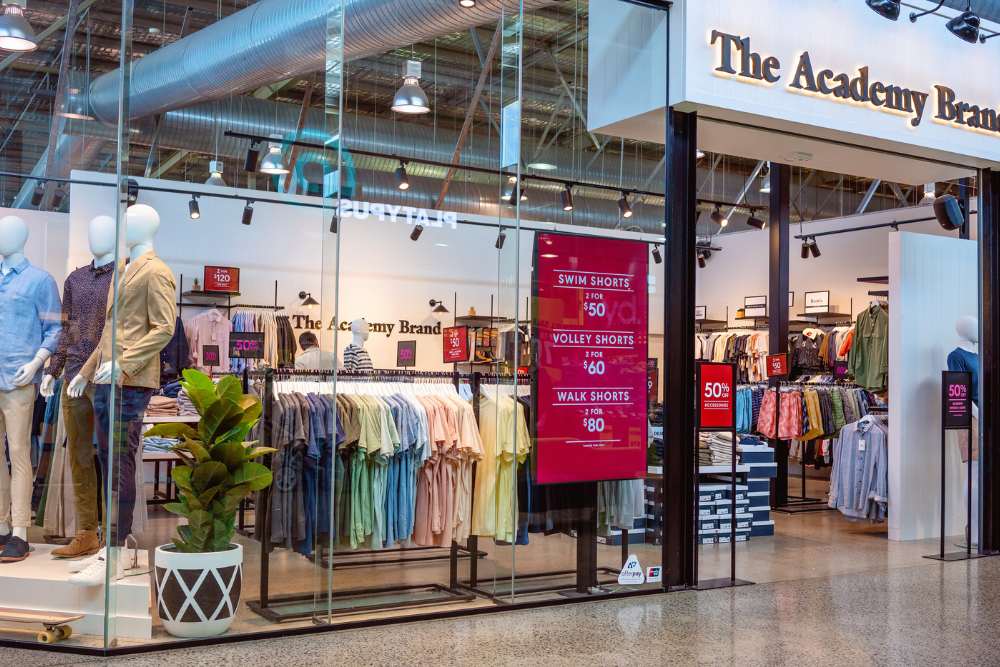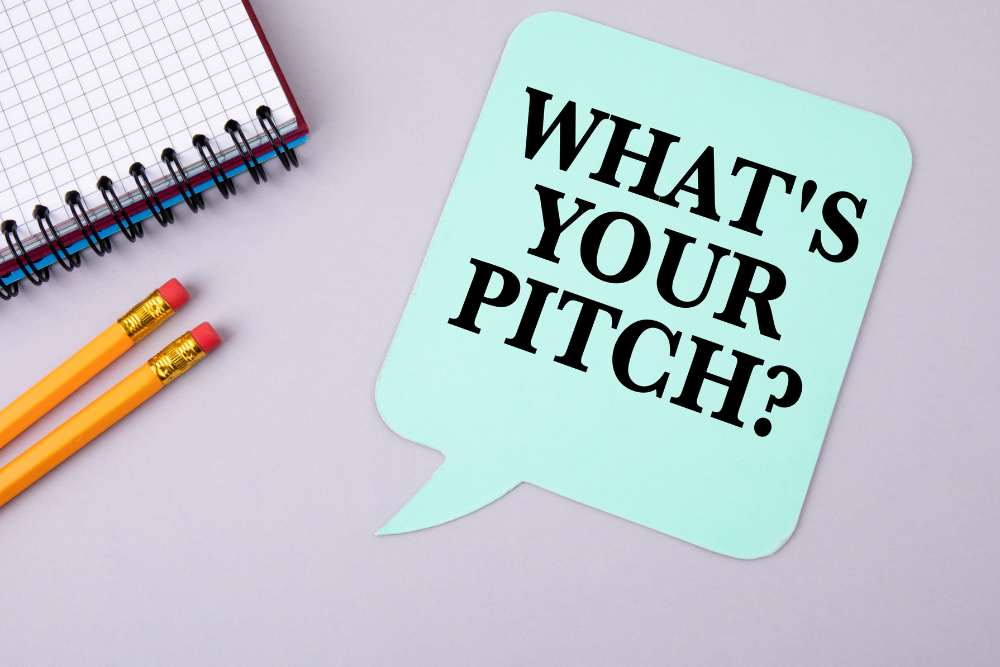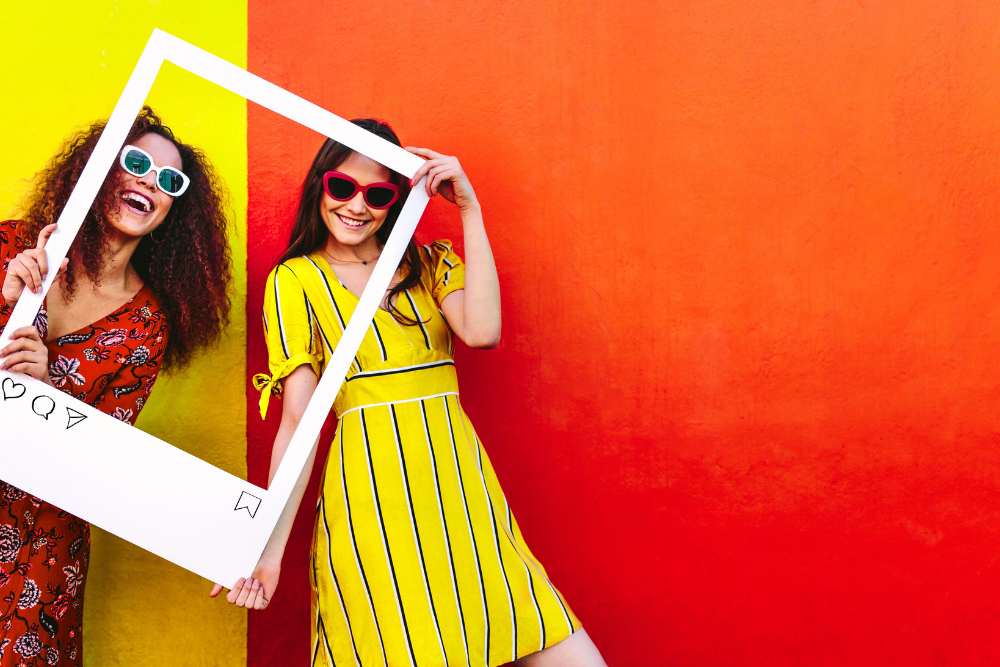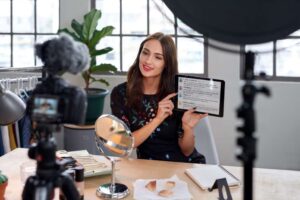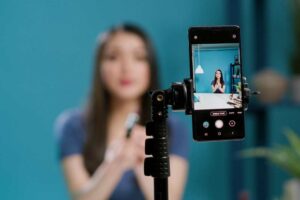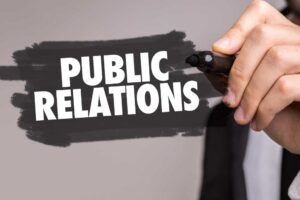Insider Tips for Fashion Labels Looking to Land Editorial Gold.
Every fashion brand dreams of seeing their collection draped across the glossy pages of Vogue, Elle, or Harper’s Bazaar. But in a world where editors are flooded with pitches and inboxes brim with press releases, how do you rise above the noise and make your way into the world’s most respected fashion publications?
Spoiler alert: it’s not just about having a beautiful product (although that helps). It’s about having a strong strategy including media pitching, understanding the fashion marketing ecosystem, and cultivating relationships with journalists and stylists who shape what’s hot and what’s next.
A successful fashion campaign
Editorial Coverage Isn’t Bought—It’s Earned
Top-tier magazines are looking for stories with edge, relevance, or surprise—pieces that speak to current culture and fashion’s forward pulse. That’s why successful PR starts by identifying the right story, not just the right product.
It’s important to take into consideration the bigger picture behind your brand and what sets your latest collection apart. Determine whether there is a seasonal angle, celebrity endorsement, or fashion ‘moment’ that you can tap into to be able to bring the product further to life.
Fashion editors love stories with substance and statement fashion pieces.
Timing is Everything
Glossy magazines work months ahead. Want to be in Vogue’s September issue? You’ll need your assets ready by May or June. Digital platforms may have shorter lead times, but they’re still planning, especially for trend or lifestyle features.
Editorial Calendars will be able to support your vision. Most magazines loosely follow seasonal themes— Autumn/Winter, Spring/Summer, Festival, Holidays—and having strategy that compliments the news calendar- so pitch with purpose.
Crafting the Perfect Pitch
Now, let’s talk about the star player of PR: the media pitch.
This is where the magic happens and what encourages a journalist to open your email, read your press release, and hopefully respond. Below are a few points that may help you when you’re crafting a piece.
Keep it personal
Generic “To Whom It May Concern” emails will never cut it. Know the editor’s name. Know their beat. Know what they’ve written recently. Personalisation signals professionalism—and it tells the editor that your pitch is tailored for their audience.
Lead with the why
Start strong. Journalists don’t have time to dig. Spell out your hook in the first few lines. Whether it’s a celebrity co-sign, sustainability innovation, or design collaboration, give them a reason to care.
Make it visual
Attach a lookbook, include a few low-res images in the body, and always have high-res imagery ready to send on request. A killer pitch without strong visuals is like runway without lighting—it falls flat.
Collaborations: A PR Power Play
Let’s use FitFlop as a case study.
Piccolo PR represented Fit Flop to position this footwear as a brand known for its comfort, but also redefining it through fashion’s lens. When FitFlop launched its collaboration with Roksanda Ilinčić, it wasn’t just a collection drop—it was a newsworthy moment.
Why? Because it merged:
- A global brand with cult-favorite status
- A high-fashion designer with avant-garde credentials
- Ergonomic technology with catwalk-worthy aesthetics
This intersection of innovation and artistry was pure PR gold. We pitched it as “Where High Fashion Meets High Function”—and media loved it. The story landed features in WHO Weekly, Yahoo Style Machine, and the Good Weekend supplement in a national broadsheet.
Leverage Your Network
Relationships are everything in this industry- and will help you achieve strong editorial results.
Fashion journalists and editors are inundated with pitches. A well-timed call or a familiar name in their inbox can elevate your pitch from “maybe later” to “send me samples now.”
This is where working with an experienced fashion PR team pays off. Our results with FitFlop weren’t luck—they were the product of deep editorial knowledge, years of building trust, and understanding exactly what each publication looks for.
Insider tip: Stylists and fashion assistants are gatekeepers. Get to know them, too. If they love your collection, they’ll champion it internally.
Packaging the Story (Beyond the Product)
Fashion editors aren’t just looking for a product—they’re looking for a narrative.
Think:
- The founder story: Is it a female-led brand? A passion project turned global player?
- The design inspiration: What cultural, artistic, or emotional threads wove this collection together?
- The ethos: Sustainability, social responsibility, local production—what values are stitched into the seams?
- Case in point: FitFlop’s success wasn’t just about chic sandals. It was about an intentional blend of science-backed comfort and trend-defying design. That’s a story worth telling.
Check Out – How PR Helps in Building Brand?
Don’t Forget Digital + Influencer Amplification
While print remains prestige, digital coverage drives traffic—and conversions. Platforms like Popsugar and Yahoo Lifestyle offer rich storytelling with clickable links and immediate brand impact.
Plus, influencer partnerships can create buzz that drives organic media interest. If a stylist or celebrity is spotted wearing your piece, PR teams can ride that moment straight into editor inboxes with the line: “Seen on XYZ—now available to your readers.”
Think cross-pollination: your editorial story should echo across social media, newsletters, and e-commerce.
Be Media Ready
It’s important that if you have secured editorial interest you have all your assets in order to be able to send over to the journalist without any hesitation. This includes:
- A clean, well-written press release
- High-resolution images with clear file names
- Lookbooks with pricing, SKUs, and stockist info
- Quotes from founders/designers for editor pullouts
- Samples available for pull or shoots (with courier info on standby)
Being prepared makes the editor’s job easier—and makes you more likely to be featured again.
Follow Up Without Being a Nuisance
Yes, you should follow up. No, you shouldn’t harass.
Give editors a few days, then check in with a friendly nudge—“Just floating this back up in case it was missed!” If there’s a new hook (e.g., a celeb spotted wearing it), bring that into your follow-up.
If you still don’t get a bite, pivot your pitch to another angle or another editor. Persistence is part of the game—but always with polish.
Track, Celebrate, and Re-Share
When that dream feature goes live—celebrate it!
But don’t stop there- it’s important you amplify the win by sharing on your brand’s socials- also remember to tag the publication and the journalist. Include it in newsletters and also add logos to your website ‘As seen In’ Section.
This helps to build credibility with both consumers and future media contacts.
Also Read – How to Build Buzz for Your Fashion Brand?
Final Thoughts: PR is a Long Game
Securing features in the fashion elite doesn’t happen overnight. It takes strategy, timing, creativity—and a whole lot of follow-through.
But when it works? Your brand gets catapulted into the kind of conversation money can’t buy.
Just like FitFlop, which turned ergonomic excellence into a fashion-forward media darling through a mix of story, style, and strong partnerships—your brand can do the same.
So, whether you’re prepping a new drop, launching a collab, or just refining your brand narrative, remember fashion PR is where story meets spotlight.

